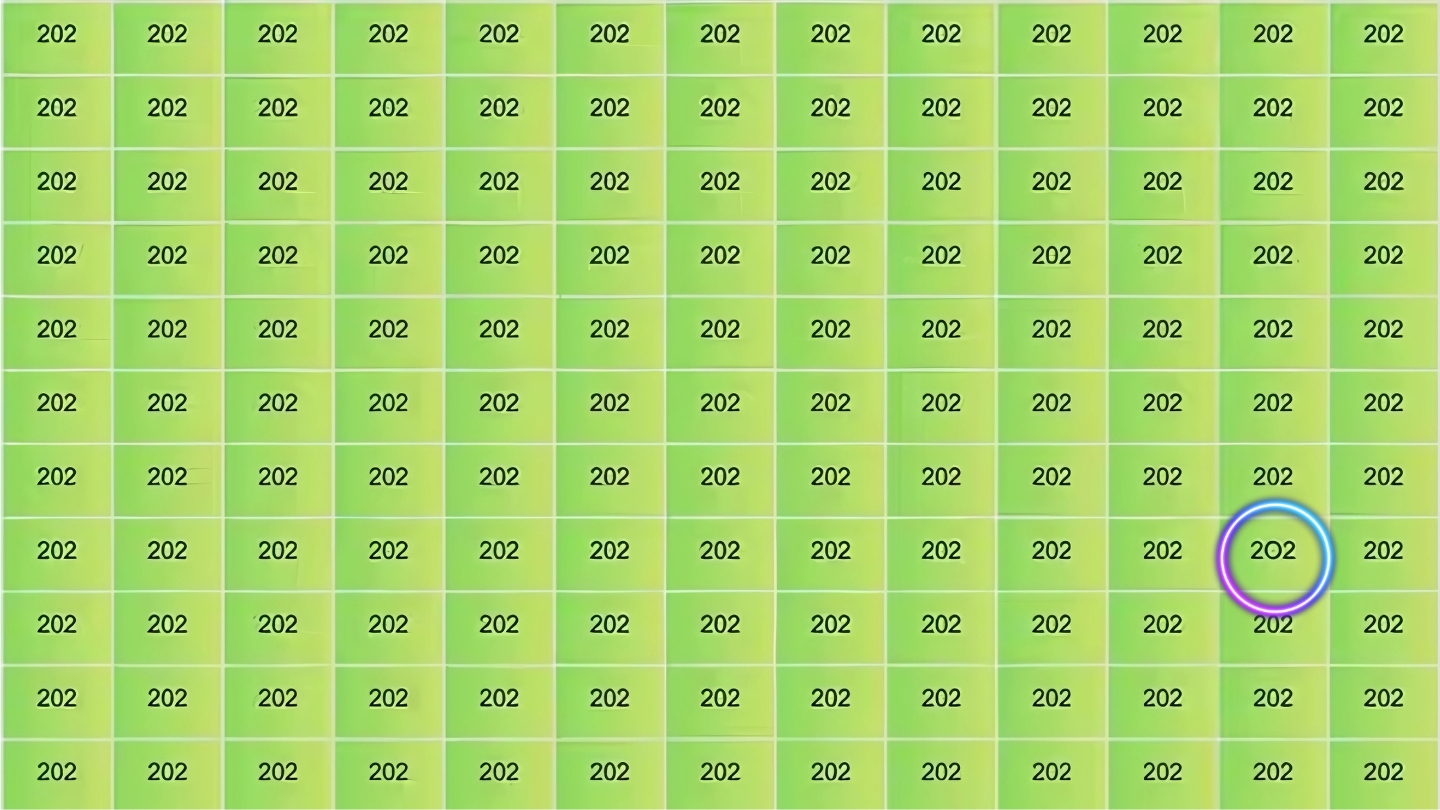Optical Illusions Challenge: Visual perception puzzles continue to captivate internet users worldwide, with the latest trend focusing on word-based optical illusions that challenge even the sharpest minds. These deceptively simple puzzles are designed to test your attention to detail and cognitive processing speed, often leaving participants surprised by their own results.
Understanding Word-Based Optical Illusions!

Word-based optical illusions represent a fascinating intersection between visual perception and linguistic processing. Unlike traditional optical illusions that rely purely on visual tricks, these puzzles combine reading comprehension with pattern recognition, creating a unique cognitive challenge that engages multiple areas of the brain simultaneously.
The human brain processes written words through rapid pattern matching, often filling in gaps or overlooking minor variations automatically. This natural tendency, while helpful for fluent reading, becomes a hindrance when searching for deliberately placed anomalies in text-based puzzles.
The Science Behind Quick Recognition
Research in cognitive psychology reveals that our brains process familiar words as complete units rather than letter-by-letter sequences. This phenomenon, known as the “word superiority effect,” explains why spotting subtle differences in word patterns can be surprisingly difficult, even when we’re actively searching for them.
When faced with a grid of similar words, our visual system tends to group them together, making it challenging to identify the single variant that breaks the pattern. The time constraint adds another layer of difficulty, as pressure often causes us to rush through the scanning process, potentially missing crucial details.
Strategies for Success
Professional puzzle solvers recommend several techniques for tackling these word-finding challenges effectively. The systematic scanning approach involves methodically examining each word from left to right, top to bottom, rather than randomly jumping around the grid.
Another effective strategy involves focusing on word endings and beginnings, as these are common locations for variations in these types of puzzles. Many creators deliberately place the odd word in less obvious positions, avoiding corners or central locations where eyes naturally gravitate.
The Growing Popularity of Brain Teasers
Social media platforms have witnessed an explosion in optical illusion content, with millions of users sharing their attempts and results. These puzzles serve multiple purposes beyond entertainment, offering cognitive benefits that researchers are beginning to understand more clearly.
Cognitive Benefits and Mental Exercise
Regular engagement with visual puzzles and word challenges provides measurable improvements in attention span, pattern recognition, and processing speed. Studies suggest that individuals who regularly practice these types of mental exercises show enhanced performance in tasks requiring sustained attention and detail orientation.
The competitive element of time-limited challenges adds motivation for continued practice, creating a positive feedback loop that encourages ongoing mental stimulation. This gamification of cognitive exercise makes brain training more accessible and enjoyable for people of all ages.
Optical Illusions Answer

Consistent practice with various puzzle types helps develop the specific visual skills needed for success. Starting with easier versions and gradually increasing difficulty allows for skill development without frustration. Additionally, ensuring adequate lighting and minimizing distractions creates optimal conditions for pattern recognition tasks.
The key to mastering these challenges lies in patient, systematic observation combined with regular practice to train your visual processing systems.
